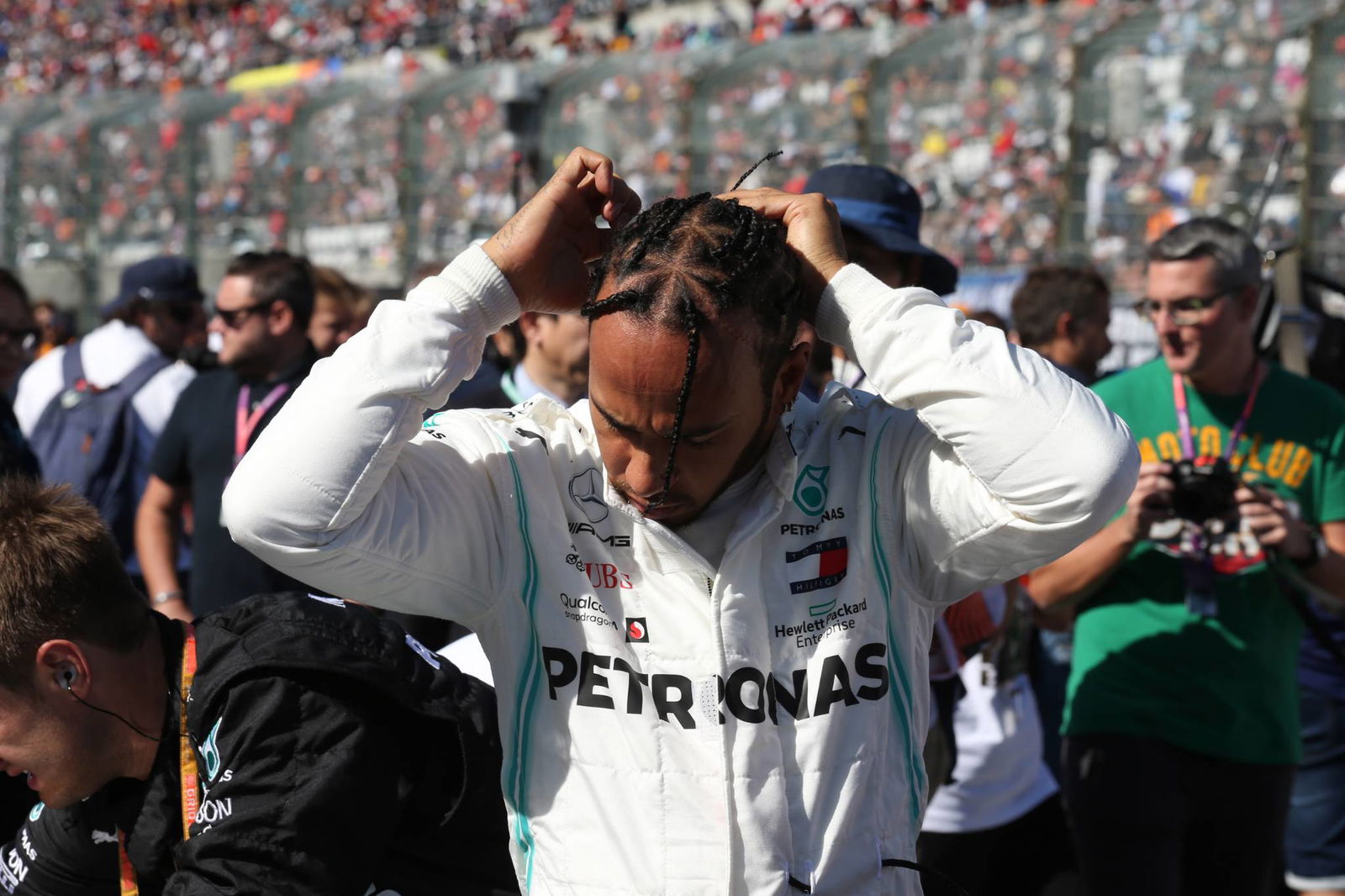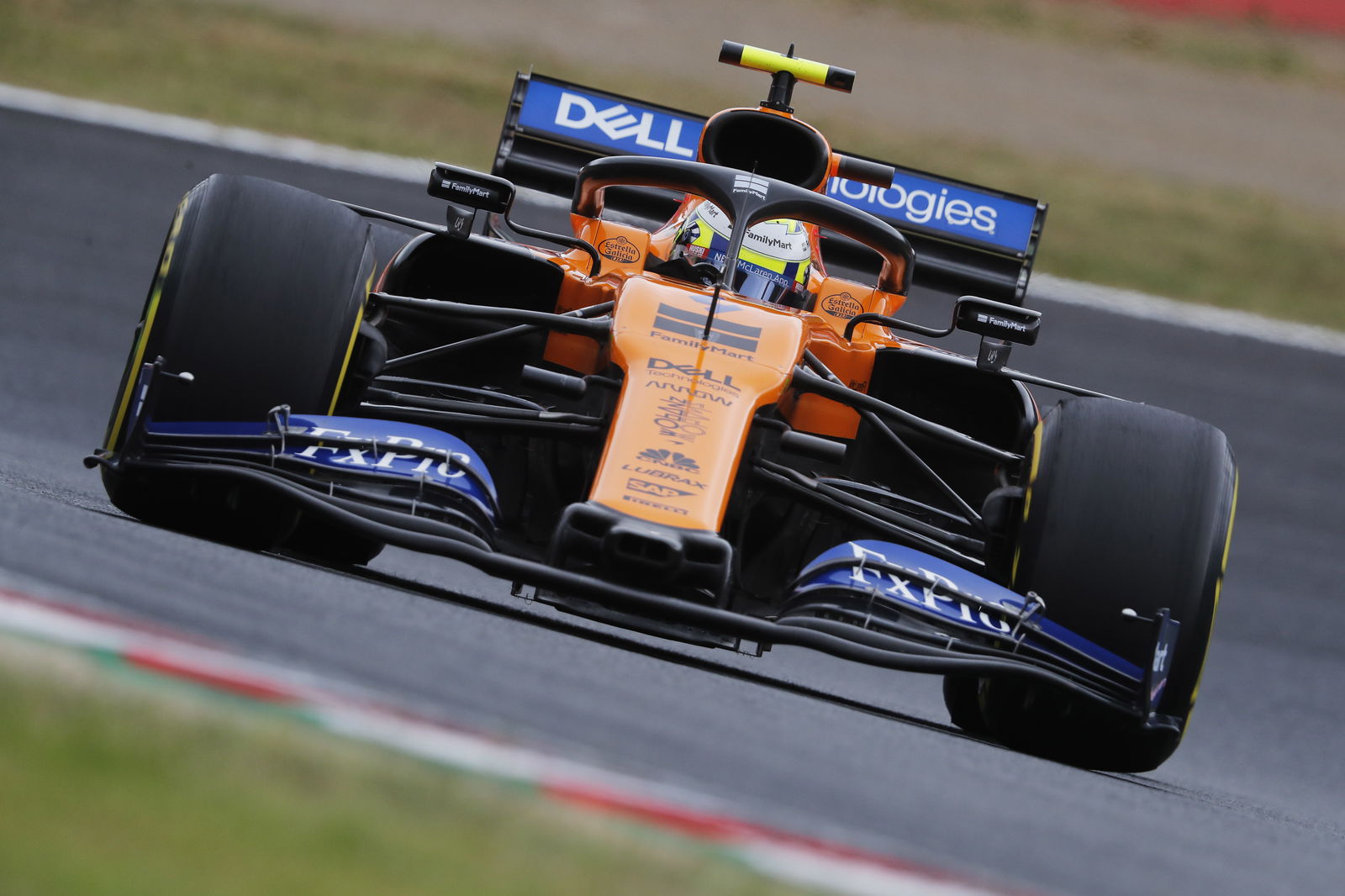Mercedes "should have pitted Hamilton earlier" at Japanese GP
Mercedes trackside engineering director Andrew Shovlin admits after reviewing its race strategy the team should have pitted Lewis Hamilton earlier during his first stint to pull off an undercut on Ferrari’s Sebastian Vettel to secure a 1-2 at the Japanese Grand Prix.

Mercedes trackside engineering director Andrew Shovlin admits after reviewing its race strategy the team should have pitted Lewis Hamilton earlier during his first stint to pull off an undercut on Ferrari’s Sebastian Vettel to secure a 1-2 at the Japanese Grand Prix.
A frustrated Hamilton complained with “better guidance” he could have secured Mercedes domination in the Suzuka race but after pitting later than his rivals he was stuck behind Ferrari’s Vettel forcing him to settle for third place as team-mate Valtteri Bottas clinched victory.
Having assessed its Japanese GP strategy, Mercedes concedes its tactics weren’t the best choice and should have pitted Hamilton before Vettel had the chance to stop during the first stint in order to gain track position.
“Looking at the strategy, what we should have done is stopped Lewis earlier and gone for an aggressive undercut, sticking with that two-stop [race], but an aggressive undercut and that would have hopefully put Lewis ahead at the end of the first stint,” Shovlin said on Mercedes’ Pure Pit Wall review after the Japanese GP.
“The simple answer is we tried to create an offset with the tyre degradation to Vettel. Lewis came out a fair gap behind Vettel but he had fresher tyres and fresher tyres all the way to the end of the race so that gap was going to be close down.
“We can put that data into our models and we know how the tyres degrade, and the cost over the entire race was 2.5 seconds, but if you can get tyres that are much quicker when they are fresher that is what allows you to overtake.
“That is what we were banking on, in that final stint Lewis would be able to make a passing move on Vettel. That didn’t work and we need to look at why that didn’t work.”
Shovlin has dismissed the idea of converting Hamilton’s strategy into a one-stop race. with Vettel on a two-stop strategy, due to fears over tyre life in the closing laps with the Ferrari driver expected to be applying the pressure late on.
“What we could see was the lap times starting to drop, initially one-tenth per lap but then it went up to three-tenths of a second per lap for the last couple of laps and he radioed to say the tyres were dropping,” he said.
“This was an indication to us that we had had the best of the tyre. At the point we had to make a decision we didn’t have all the data from other cars but what we could see is that drivers who one-stopped made the first set of tyres go very, very far.”
The Mercedes boss also concedes Mercedes has often struggled to overtake Ferrari in race trim despite being the faster car and wants the reigning Formula 1 world champions to fix the issue for 2020.
While all current F1 cars often struggle for performance following in the dirty aerodynamic air of rivals, Vettel also called on Ferrari to increase his engine power defending against Hamilton.
“We also need to make our car better at overtaking because the Ferrari is a very difficult car to pass,” he said. “You will have seen at a lot of the recent races we can catch up with them and we are quicker in the race than them but what we can’t do is get past if we are behind. That is what we’ll work on.”
Mercedes still secured a sixth consecutive F1 constructors’ world championship in Japan with four rounds to spare while also ensuring either Bottas or Hamilton will clinch the drivers’ world title this season.

